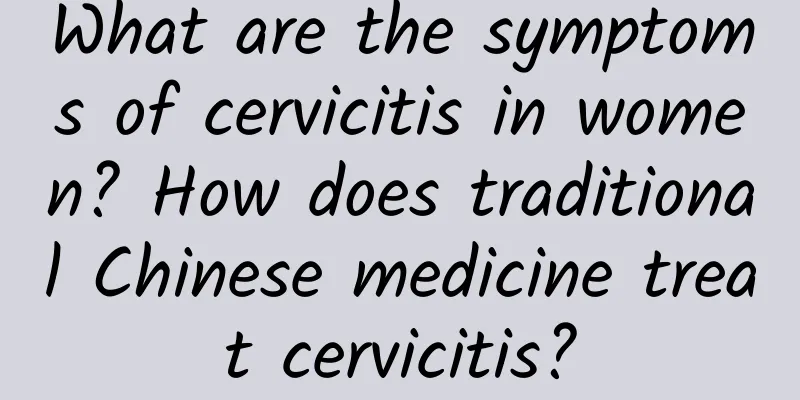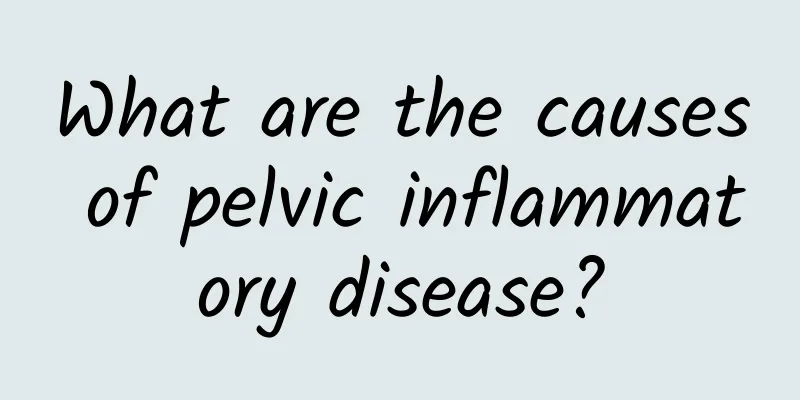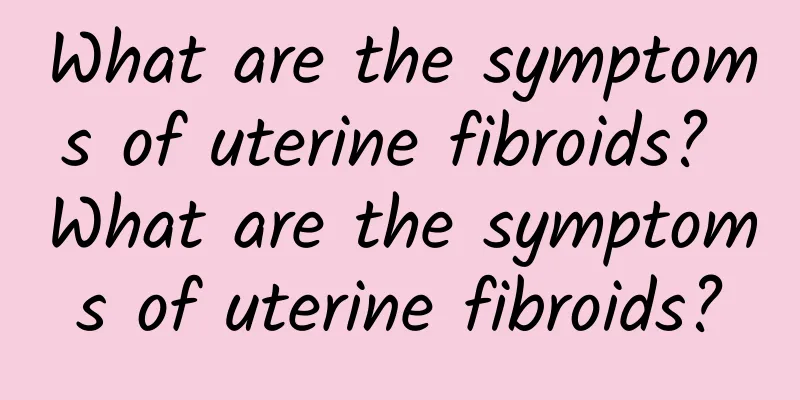What methods can cure post-abortion infection?

|
What methods can cure post-abortion infection? Abortion not only hurts the uterus, but also makes it more likely to cause uterine infection. Therefore, young women must pay more attention to care after abortion to prevent postpartum infection. If an infection is unfortunately caused, don't panic too much and actively seek treatment. The following are some methods that can cure post-abortion infection. Post-abortion infection is mostly caused by factors such as sexual history before surgery or lax disinfection during surgery. Lower abdominal pain and irregular vaginal bleeding may occur 3 to 4 days after surgery; some may also have chills and fever, and vaginal discharge with a foul odor. Inflammation may involve the endometrium, fallopian tubes, pelvic tissue and peritoneum. If treatment is not timely, it may become chronic, manifested by excessive menstruation, prolonged menstruation, increased leucorrhea, and swelling and pain in the lower abdomen. Therefore, there should be no sexual history one week before the operation, and attention should be paid to aseptic disinfection during the operation. Once an attack occurs, two or three antibiotics should be used early, in sufficient quantity, and in combination. Post-abortion infection can also cause adhesions of the cervix and uterine cavity, which is caused by intraoperative injury and postoperative infection, manifested as postoperative amenorrhea or infrequent menstruation, periodic lower abdominal swelling and pain, and secondary infertility. After the attack, a uterine probe can be used to separate adhesions of the cervix and uterine cavity, and an IUD or oil gauze strip can be inserted to prevent further adhesions. Artificial cycle therapy can also be used to make the endometrium proliferate and fall regularly to prevent adhesion again. If adhesion is not treated in time, it will block the movement of eggs and sperm and the implantation process of fertilized eggs, eventually leading to infertility. Therefore, every abortion procedure should avoid incomplete abortion, excessive suction and scraping, inflammation of the wound, and try to reduce the number of abortions. If necessary, a tubal patency test should be performed as soon as possible. If newlyweds are temporarily unable to have children, they should choose effective contraceptive measures and try not to have an abortion for the first child to prevent future infertility. |
<<: How to heal the body after abortion
>>: How to cure pelvic inflammatory disease after abortion
Recommend
Will having amenorrhea kill people?
Will amenorrhea kill people? Amenorrhea is just a...
What are the menstrual characteristics of uterine fibroids?
What are the menstrual characteristics of uterine...
What are the effective methods for treating uterine fibroids?
There are many ways to treat uterine fibroids, so...
What should I do if my menstruation is irregular after miscarriage?
What should I do if my menstruation is irregular ...
Comparison of the different symptoms of two common vaginitis
Vaginitis is a common gynecological disease. The ...
What are the symptoms of uterine fibroids? Is uterine fibroids a malignant tumor?
Uterine sarcoma is a rare and highly malignant fe...
How to regulate polycystic menstruation with scanty menstruation
Polycystic ovary syndrome is polycystic ovary syn...
Women should pay attention to how to prevent cervical hypertrophy
Cervical hypertrophy is a common female disease i...
What is the treatment effect of pelvic effusion? Does pelvic effusion affect pregnancy?
What is the test method for pelvic effusion? Pelv...
What causes ovarian cysts
Generally speaking, pregnancy will have a certain...
It is necessary to pay attention to the cause of cervical erosion
Among female diseases, cervical erosion is a rela...
How much does it cost to treat menopause?
Will the cost of menopause treatment be expensive...
What to do if the vaginal discharge is abnormal
Abnormal vaginal discharge may be caused by IUD i...
What are the dangers of ovarian cysts?
A considerable number of female friends do not kn...
There are 2 obvious symptoms of cervicitis
Cervicitis is a common gynecological disease in w...









